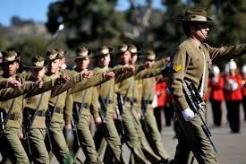 A few years ago I worked around the country, from Sydney to Darwin and places in between, with the Australian Army and one of the activities I ran was a good example of critical and creative thinking in action.
A few years ago I worked around the country, from Sydney to Darwin and places in between, with the Australian Army and one of the activities I ran was a good example of critical and creative thinking in action.
It involved two opposing teams of 5-7 who had to unravel a puzzle to shift places with each other under strict rules of engagement. Inevitably teams took about 20 mins to solve the problem. Once they did they were then instructed to repeat it, faster and faster.
Typical times were: 19:33, 15:45, 9:23, 5:15, 5:45, 4:34, 4:15, 5:02, 4:12 at which stage most teams were prepared to stop and settle with their results.
At that point I’d ask them to rethink their approach – by now they were simply following the same pattern of thinking used to initially solve the problem. The rules were not changed, so they had to think about how they were thinking about the problem.
Inevitably they’d try different approaches, attempt to break the rules, and often times got worse rather than better – until a new approach emerged, that once refined saw times again drop: 3:23, 2:15, 1:45, 0:56. Now high-fives flew.
But I wasn’t finished. I’d push them for faster times, and after some more effort and under duress they’d get down to about 0:30 seconds, and again they’d want to stop. But then I’d tell them the global benchmark was less than 10 seconds.
They’d howl in protest that the rules must therefore be broken, but that wasn’t the case I assured them. What was needed was another insight into their thinking, a creative new idea.
As they studied what they were doing, I’d remind them of who they were, what they did, what they practiced until it became a system. And when the light bulb came on, they’d always get their result down below 10 seconds.
All this would happen in less than 90 minutes – from an initial 20 minutes to less than 10 seconds, with just a change in thinking! What they were experiencing was critical and creative thinking in action.
What is even more important than the results in this activity was that the lessons learnt applied to the real world. Sometimes we need to stop doing what is working, rethink how we’re operating, try new approaches, and take some chances.
Doing this I’ve had teams improve major work activities from 12 weeks to 11 days, take systems from 80% effective to 99.9% effective, and helped companies double revenue every two years. What it takes is leadership and the application of critical and creative thinking – and an entrepreneurial spirit.
What are you doing in your organisation that is working now, but if it was challenged creatively might just deliver an astonishingly better result? Are any of your competitors already doing that? If they are you’d better start thinking creatively.


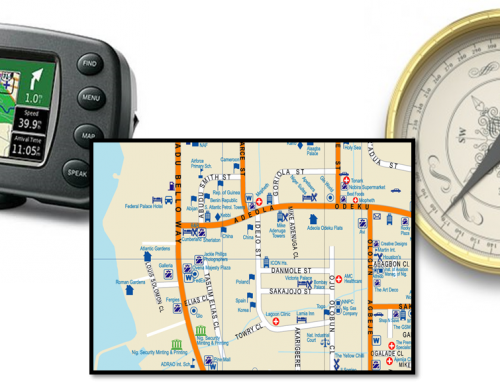

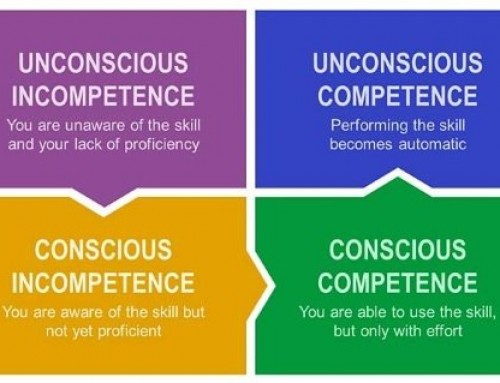
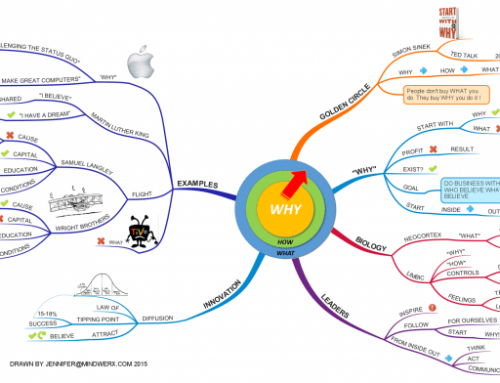
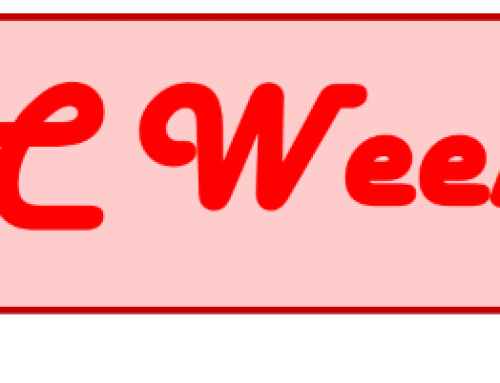
Leave A Comment
You must be logged in to post a comment.